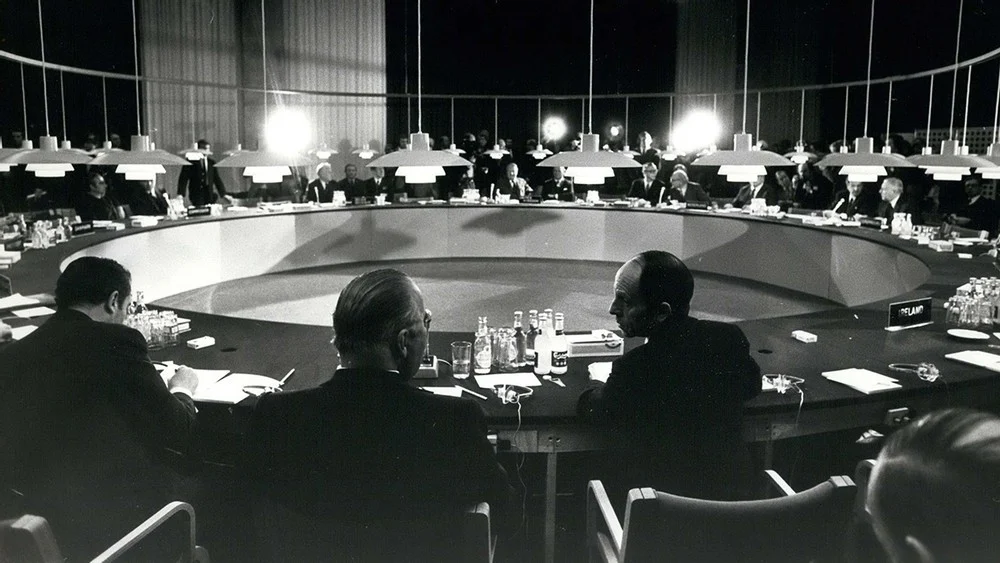A sandstorm and rising pollution caused another “airpocalypse”, sending air-quality monitors off the scale
BEIJINGERS WOKE up on the morning of March 15th to orange skies. In scenes that some compared to “Blade Runner 2049”, a dystopian film set in a hazy, futuristic Los Angeles, a heavy smog had descended on China’s capital. According to a scale used by the World Air Quality Index project, a non-profit group that monitors pollution, Beijing’s concentration of PM2.5, an especially harmful particulate that can enter the bloodstream, peaked at 655 in the early hours of Monday morning. Anything above 300 is considered hazardous. PM10, a slightly larger particle that can penetrate deep inside the lungs, surpassed the monitor’s maximum reading of 999. Other trackers recorded PM10 levels as high as 6,450µg/m (the World Health Organisation recommends that the maximum daily average of PM2.5 and PM10 per day should be 25µg/m3 and 50µg/m3 respectively). Beijingers are accustomed to heavy pollution, but Monday marked some of the worst conditions since a thick smog descended in 2012, dubbed the “airpocalypse”.
Heavy smog usually renders cityscapes grey and blurry. Monday’s burnt-orange hues were due to a sandstorm, common at this time of year, which blew in dust from neighbouring Inner Mongolia. China’s Central Meteorological Observatory said it was the most intense sandstorm in China in the past decade. Beijing’s government issued a health warning, advising people not to go outside. It was not just Beijing that was affected: ten people were reported to have died in Mongolia because of the storm. Baotou, the largest city in Inner Mongolia, closed its schools on Monday.
Sandstorms are a natural phenomenon (although they are affected by changing temperatures). But they bring with them plenty of dust, exacerbating pollution from both PM10 and PM2.5 particulates. And recently man-made air pollution has been worsening in China, after years of steady improvement. Last week’s National People’s Congress (NPC), China’s annual legislative meeting in Beijing, was shrouded in heavy smog. Ahead of important events, the government often uses cloud-seeding technology to encourage air-cleaning rain, and orders factories in and around Beijing to close to ensure a few days of blue skies. But this year any efforts seem to have failed: March 5th, the first day of the NPC, saw levels of PM2.5 reach a smothering 209 on the World Air Quality Index’s scale (anything between 201 and 300 is considered “very unhealthy”). The post-pandemic industrial rebound has set factory engines whirring; GDP growth in the final quarter of 2020 was 6.5%, year on year, faster than its pre-covid rate. Industrial growth in the first two months of this year is more than one-third higher than in the same period in 2020. As the economy roars back, air pollution is returning to pre-covid levels.
Still, at the smog-shrouded NPC last week, the government agreed in its five-year plan to “basically eliminate heavily polluted weather” by 2035. And the country has pledged to achieve carbon neutrality by 2060. Curbing emission alone won’t prevent future sandstorms. But eliminating man-made pollution would help millions of people to breathe more easily.
By The Economist





